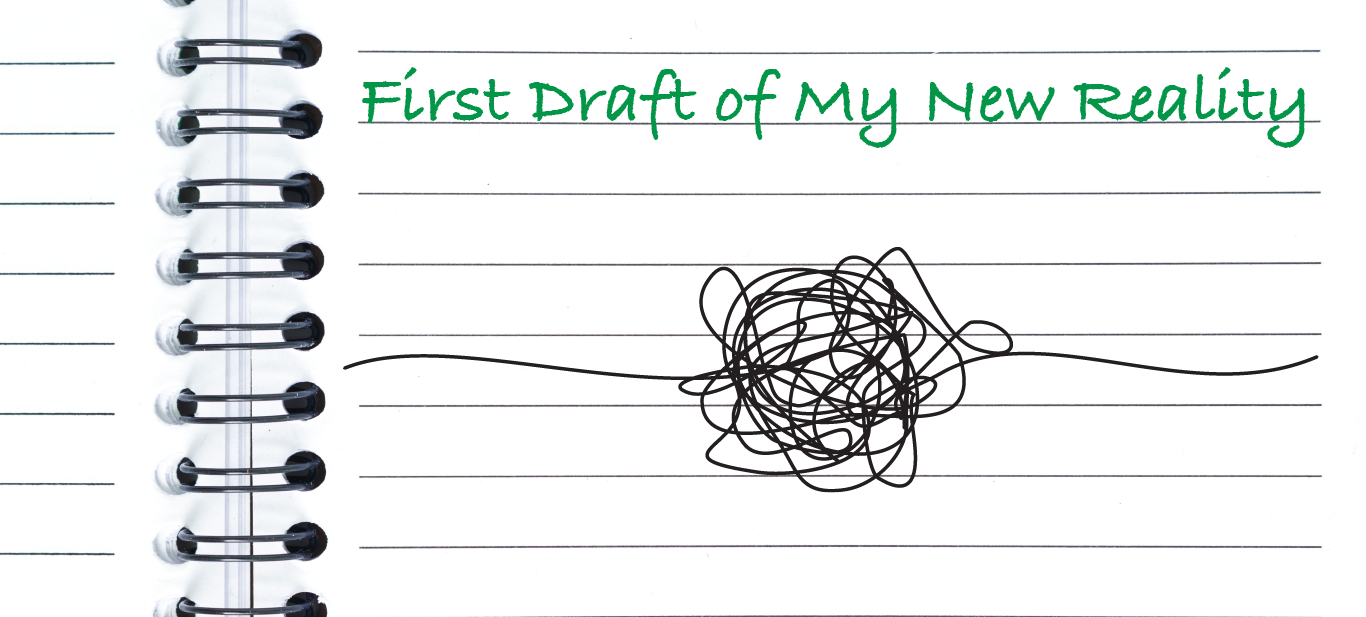April 2020
Volume 2 | Issue 2
Dear Reader,
Much has occurred since our last full issue. Much has changed. Much has stayed the same. Thank you to those who reached out or commented on one of our interim articles (see links below if you missed them). For those in the writing profession, we often wonder if we are writing merely for the screen in front of our faces or for real people. It helps when others speak up.
A few, simple words to the authors and artists and meme creators who touch your day or make you laugh go a long way to encourage more creativity during times we are apart and times we are together. We don’t create beauty for the sake of beauty; we create beauty for the sake of sharing it with one another and reveling in it together. So if you are doing the hard and joyful work of creating, send us a word and a link. We want to celebrate that beauty with you.
I pray you are all well in spirit and body. I pray you are made whole in the body of Christ even if impoverished in the world. I pray that you find purposeful work during this time of mass unemployment, even if that work is to sit and wait and hope before the Lord.
Please enjoy this belated April issue of Inklings & Inspiration. May it help you find your voice.
Find Your Voice through the Music of Writing
by Kelli Sallman
In the writing and publishing world, we speak a lot about “voice.” I find that for aspiring writers, voice is either a nebulous, mysterious entity they want to attain but can’t define or an aspect of writing they have no time to worry about. Certainly developing good content and communicating it through accurate syntax takes much energy and time, and without those efforts you will have no book. But if you ignore the art of voice, though you create a book, it will matter little. Your pages will still stay silent because few will keep open the cover.
Even if a highly trained opera soprano has the pitch control and resonance (105 decibels) to shatter fine leaded crystal, we won’t enjoy listening to her unless she also masters musicality. Gem cutters, too, develop brilliance in the stones they cut through precise knowledge, skill, and manipulation of crystalline structure. But almost no one carries around a bag of cut stones, brilliant though they may be; we admire a diamond when its sparkle resonates in its setting. In this same vein, masterful writing may command grammar and knowledge well, yet we celebrate and obey its voice not because of syntax or even because of well-formed facts, but because of style.
Voice Lessons
Learning to sing well requires breath control, proper posture, and developing skill to magnify sound using the spaces and caverns in our bodies. Vocalists must learn clarity not only of tone but diction (enunciation), how to push sound forward or backward in their mouths and to use chest or head voice as appropriate for the music genre, and how to engage body language to communicate the song. We haven’t yet even discussed reading notes or understanding melody and harmonization, and still we can see that developing a singing voice, like a writing voice, takes much effort and practice.
Packaging the Meat of Your Message
by Callie Johnson
Most of us know the disappointment of a TV dinner that looks very different from the box’s advertisement. The packaging of our food creates fixed expectations, and when reality leaves us with a half-baked Salisbury steak the size of a tennis ball, we feel let down. Packaging matters in writing just as much as in food service. How you package the meat of your book, the point you want to make, affects its reception. The package isn’t just about book covers and marketing, it‘s about the words themselves and the tone you use to write. Our writing styles package our meaning, and the way you package the “meat” of your manuscript should match its content.
Anglican priest Tish Harrison Warren has authored a book called Liturgy of the Ordinary: Sacred Practices in Everyday Life that captures this best practice. Liturgy of the Ordinary explores how theology and tradition incorporate themselves into our day-to-day lives; it’s about rhythms, simplicity, and the sacred and ordinary walking hand in hand. To make her point, Warren doesn’t just write about these ideas, she embodies them in her style. She uses rhythm, juxtaposition, and simplicity to bring home her message.







Balance hope and grief.